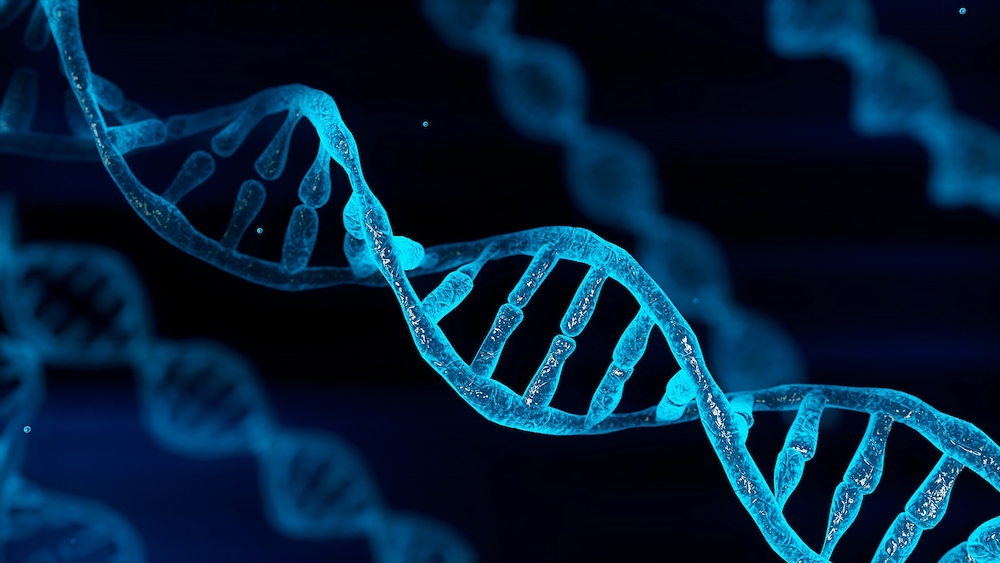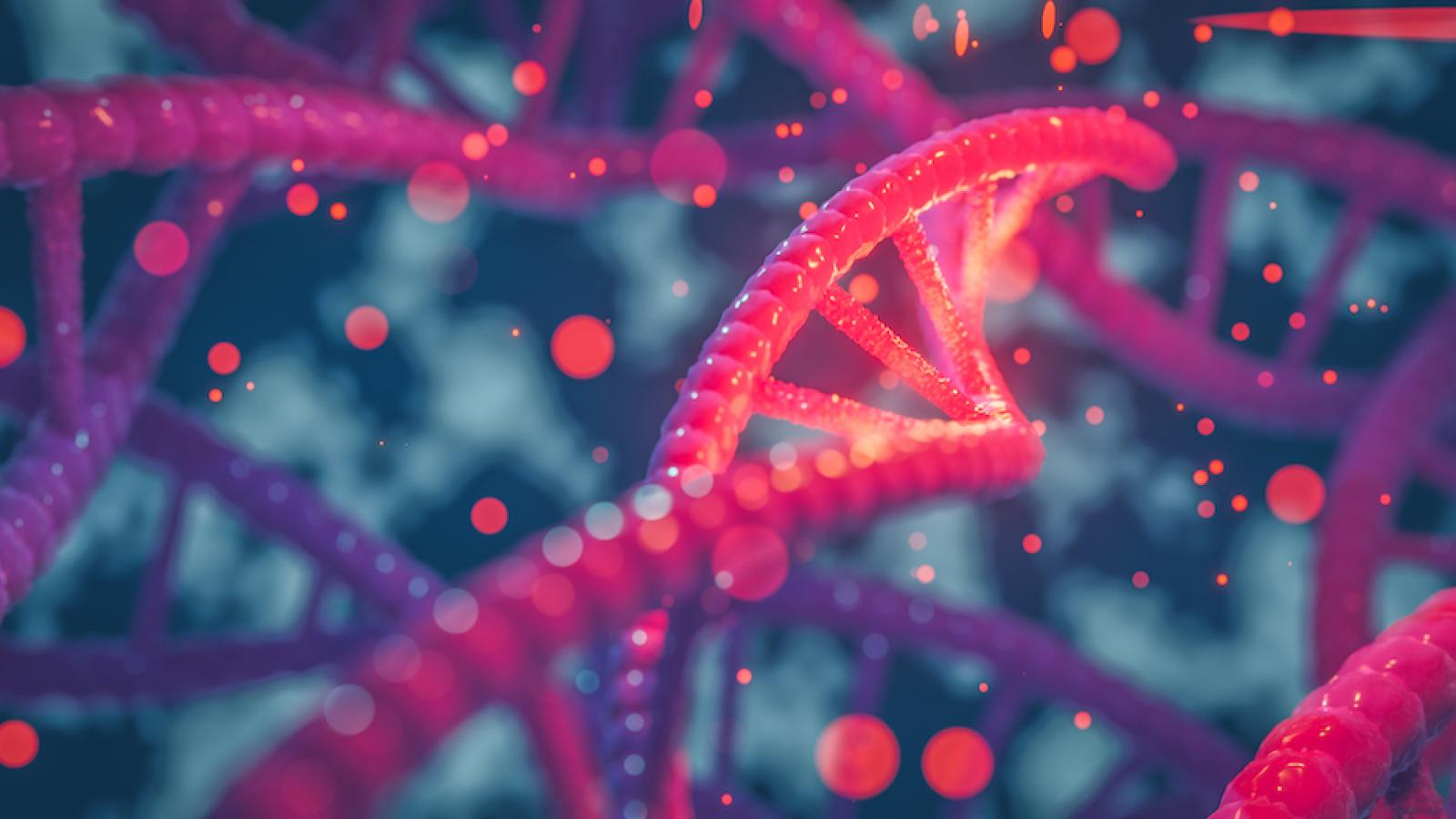Genetic differences that contribute to how long a person will live and their risk of Alzheimer’s disease have been identified in a new study led by Dr Dervis Salih (UK DRI at UCL), in collaboration with Prof Valentina Escott-Price (UK DRI at Cardiff) and Prof Sir John Hardy (UK DRI at UCL). The research, published in the journal Brain, highlights potential new targets for treating Alzheimer’s and provides a deeper understanding of how our brains age.
Ageing is the biggest risk factor for Alzheimer’s disease. To understand the genetic factors behind both ageing and Alzheimer’s, the team used large datasets of genetic information from people with Alzheimer’s (21,982 people) and those without (41,944 people) from the International Genomics of Alzheimer’s Projects (IGAP), alongside European ancestry data on ageing – including the length of time a person was healthy (300,477 people), their longevity (11,262 people), and the lifespan of their parents (1,012,240 parents from a study from the University of Edinburgh).
The team then analysed these datasets to find the significance of certain genes with relation to both ageing and Alzheimer’s. They also used RNA sequencing data – a technique used to help understand which genes are active and how much they change with ageing and disease – from both mice and people to study gene activity (how cells function and respond to their environment).
Our research highlights how genetic variation in certain brain cells can provide new opportunities for drug discovery of novel molecular targets for treatment. By understanding how these cells change with age and their role in Alzheimer’s, we gain a deeper insight into the ageing brain, offering hope for innovative and preventative therapies and a brighter future for families affected by this life-changing disease.
The researchers found that genetic variations in brain cells, particularly the immune cells in the brain (microglia) and oligodendrocytes, a type of support cell, are linked to both ageing and Alzheimer’s. These changes were observed in both humans and mice. However, only humans showed significant genetic links to Alzheimer’s, suggesting that ageing in human brain cells might make them more susceptible to dementia.
The team also observed that certain genetic variants were linked to how cells respond to ageing, while others were linked to Alzheimer’s. A few gene variants were associated with both ageing and Alzheimer’s, including APOE (a gene that is a known risk factor for Alzheimer’s) which had a strong effect.
The data indicates two sequential processes: ageing and then Alzheimer’s. This suggests that ageing gene variants may prime some people for Alzheimer’s, influencing when and how the condition develops. It may also explain why some people develop dementia when they reach 70-80 years of age, and why some people are still mentally sharp when they are much older.
Dr Salih explained:
“Genetic differences in microglia and oligodendrocytes affect how the cells function during ageing, either in a healthy way or an activated way related to disease. By understanding these key genes, we might be able to develop new tests and biomarkers that will help slow brain ageing and the progression of Alzheimer’s disease.”
Prof Escott-Price added:
“These results have been and can only be achieved by combining large scale human, animal and molecular data, and sharing expertise across disciplines including biology, mathematics and informatics.”
The study was funded by the UK DRI and Dr Salih is also funded by Alzheimer’s Research UK and the Medical Research Council NMGN Ageing Cluster.
Source: University College London
Collaborators



Genetics
Find out how UK DRI researchers are unravelling the DNA code to better understand risk factors and drivers of disease

